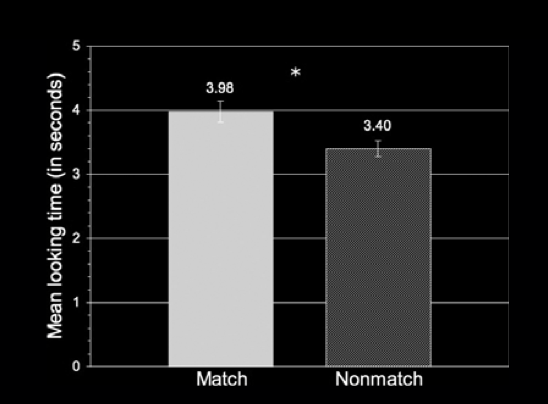Click here and press the right key for the next slide (or swipe left)
also ...
Press the left key to go backwards (or swipe right)
Press n to toggle whether notes are shown (or add '?notes' to the url before the #)
Press m or double tap to slide thumbnails (menu)
Press ? at any time to show the keyboard shortcuts
From Joint Action to Communication
grasping / orienting vs referring
individual vs joint
From pointing to one-word utterances ...

Tincoff and Jusczyk 2011, figure 1

Tincoff and Jusczyk 2011, figure 1
grasping / orienting vs referring
individual vs joint
understanding action
R(a,G) defined with intention
R(a,G) defined non-psychologically
joint action
R(a1, a2, ..., G) defined with shared intention
R(a1, a2, ..., G) defined with expectations about collective goals
communication
Refers(gesture,object) defined with communicative intention
R(gesture,object) defined non-psychologically
Inconsistent tetrad
1. 11- or 12-month-old infants produce and understand declarative pointing gestures.
2. Producing or understanding pointing gestures involves understanding communicative actions.
3. A communicative action is an action done with an intention to provide someone with evidence of an intention with the further intention of thereby fulfilling that intention.
4. Pointing facilitates the developmental emergence of sophisticated cognitive abilities including mindreading.